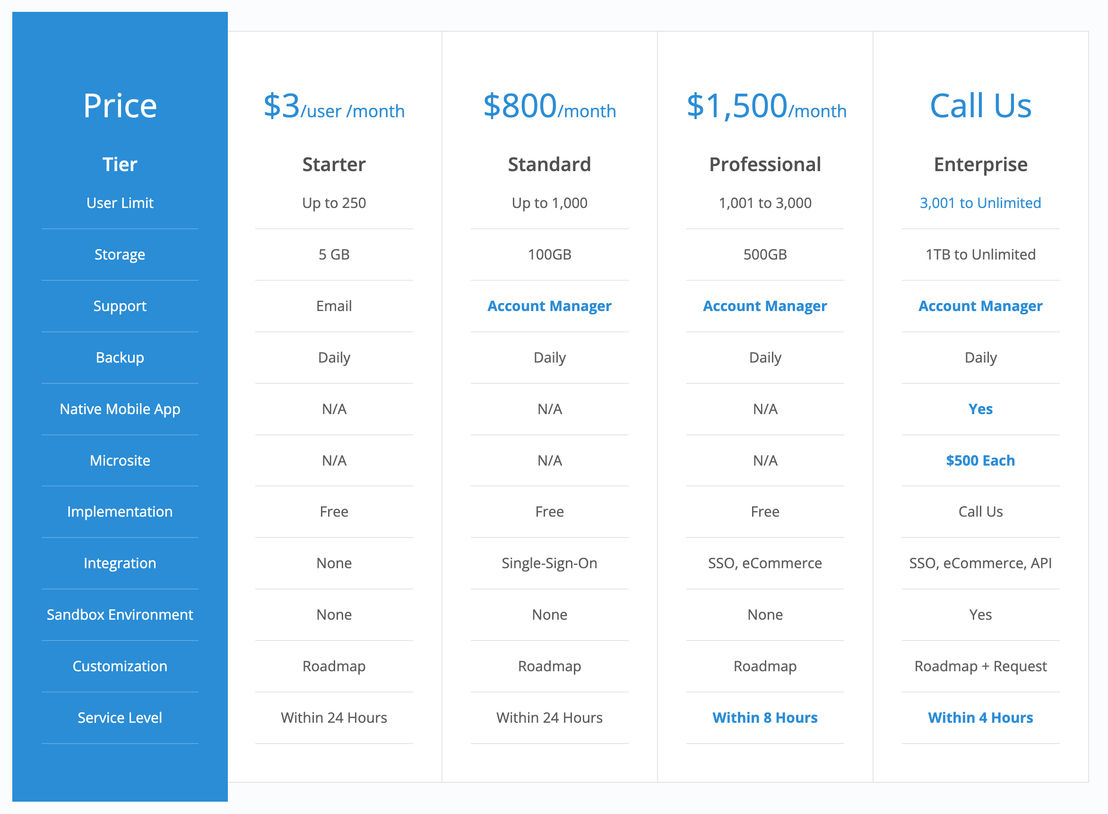Oasis LMS is a Learning Management System (LMS) Software. Oasis LMS offers Video Conferencing, Synchronous Learning, Mobile Learning, Learning Portal, eLearning Companies and many more functionalities.
Some top alternatives to Oasis LMS includes Trainual, TalentLMS, Brightspace, Edmodo and Cudy LMS.
No, Oasis LMS doesn't provide API.
No, Oasis LMS doesn't provide mobile app.
Oasis LMS is located in Chicago, Illinois
Oasis LMS offers Subscription, Quotation Based pricing models
The starting price of Oasis LMS is $3/User/Month
















